This post may contain affiliate links, which means I’ll receive a commission if you purchase through my links, at no extra cost to you. Please read full disclosure for more information.
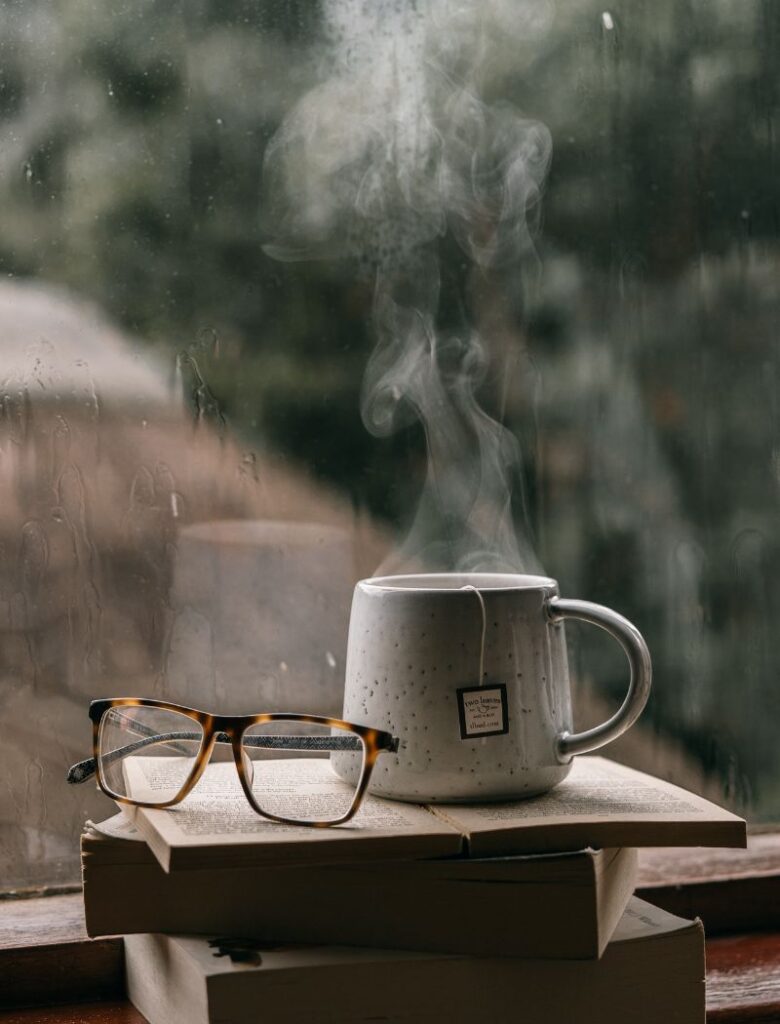
Seasonal affective disorder (SAD) impacts people of all ages, genders, and dispositions. It causes mental and physical symptoms that can make it hard to function. Here’s what to know about SAD and five ways to keep it from interfering with your goals.
What Is SAD?
Around 5% of American adults live with seasonal affective disorder, which can impact them for almost half of the year. SAD is a form of depression and anxiety during specific seasons — often autumn and winter. There’s no definitive cause of SAD, but it’s theorized that colder weather and less daylight contribute.
If you live with SAD, setting goals for your affected months can seem daunting. Try these tips to manage your symptoms and make the most of that time of year.
1. Light Therapy
Natural light is an asset for the human body. Multiple studies show that sunlight can improve your physical and mental well-being. Darkness often exacerbates symptoms of SAD, especially for individuals without windows or outdoor opportunities in their workplace. With the sun setting earlier during fall and winter, there’s a chance an employee could enter and exit their building in the dark.
To combat the effects of increasing darkness, you can use light therapy. It involves a box or orbs that mimic the sun’s rays instead of indoor artificial light. These lamps can cause chemical effects in your brain similar to standing in the sun, boosting your mood. Expose yourself to the lamp within an hour of waking up to kickstart your system on days when SAD might creep up on you.
There are few side effects to light therapy. For the most impact, sit a few feet away from the lamp. You can also get a lightbox or orb with a timer that slowly turns it on in the morning to mimic the sunrise. There’s limited research on light therapy, but plenty of anecdotal evidence supports it. With minimal risk of side effects, it could be worth a try. A light therapy lamp can be an investment, so speak with your health care provider about the options most likely to work for you.
2. Exercise
Exercising can keep your body healthy and strong. It can also benefit your mental health. Running, swimming, dancing, playing sports and other activities can release feel-good endorphins in your brain. These hormones can alleviate symptoms of depression and anxiety and often gets you outdoors more than a sedentary lifestyle would. When you’re moving, it is easier to stay warm, which can help you get fresh air.
Another benefit of exercise is that it opens an opportunity for social interaction. Joining an exercise class or gym can help you interact with likeminded people or make some friends. Even casual, positive conversations can help you feel less alone, which can help you feel happier.
If you have a busy family, making time for yourself can be hard. Exercising can be an excellent time to listen to your favorite music or podcasts. If you’re on a stationary machine, you could even read or watch a favorite show or movie. Small amounts of “me time” through the week can help you destress during what’s often a busy season.
3. Socialization
Isolation is a common side effect and SAD and making efforts to enjoy time with family and friends can make the season easier. Recent research shows that long-term isolation can cause and contribute to psychological symptoms of depression and post-traumatic stress disorder (PTSD).
Staying busy with enjoyable activities during periods of SAD can help distract you from some symptoms. Planning dinners with friends, attending holiday parties, joining a club or taking a class gives you more to focus on and can help give the season more positive associations. When you have something on your schedule, it can prevent you from shutting yourself inside after work or on the weekends.
If you have friends or relatives who live in another state, consider traveling to visit them. Studies show that going on vacation can reduce stress and relieve symptoms of anxiety and depression. Most people do their traveling during the summer, but planning a getaway to visit loved ones in the winter will give you something to look forward to during the dreary season.
4. Modify Your Diet
Your diet can replace some of the nutrients you lose when you receive less sunlight. Certain foods can also reduce anxiety and depression symptoms.
Evidence suggests that vitamin D deficiency contributes to some mental health symptoms consistent with SAD. It also can make you feel sluggish and impact your immunity. You can boost your vitamin D levels through seafood like salmon and tuna. Many manufacturers fortify milks and juices with the nutrient, making them good sources. You can also find it in fortified cereals and egg yolks.
You can also focus on foods linked to relieving depression symptoms, like almonds, dark chocolate, oats, peanuts and yogurt. Coffee could also give you a boost in the morning or afternoon. However, drinking it in the late afternoon or evening could impact your ability to sleep.
Try to stay away from alcohol or overly-processed snacks like chips and candy. While they might provide some temporary enjoyment, frequent consumption can make your symptoms worse.
5. Talk to a Professional
Everyone needs guidance sometimes. Since SAD is a diagnosable mental health condition, it could take the help of a licensed psychiatrist or therapist to treat. Research professionals in your area who specialize in the condition. They can learn about you and give recommendations for lifestyle changes, supplements or medications that can make the seasons easier.
A therapist can help you find and work through common triggers of your SAD symptoms, which can help you avoid and manage them better.
Managing SAD While Achieving Your Goals
Seasonal affective disorder can be a debilitating condition the average person might not understand. By finding the tools and routines that work best for you, you can effectively manage the condition and work towards achieving all you want to accomplish.
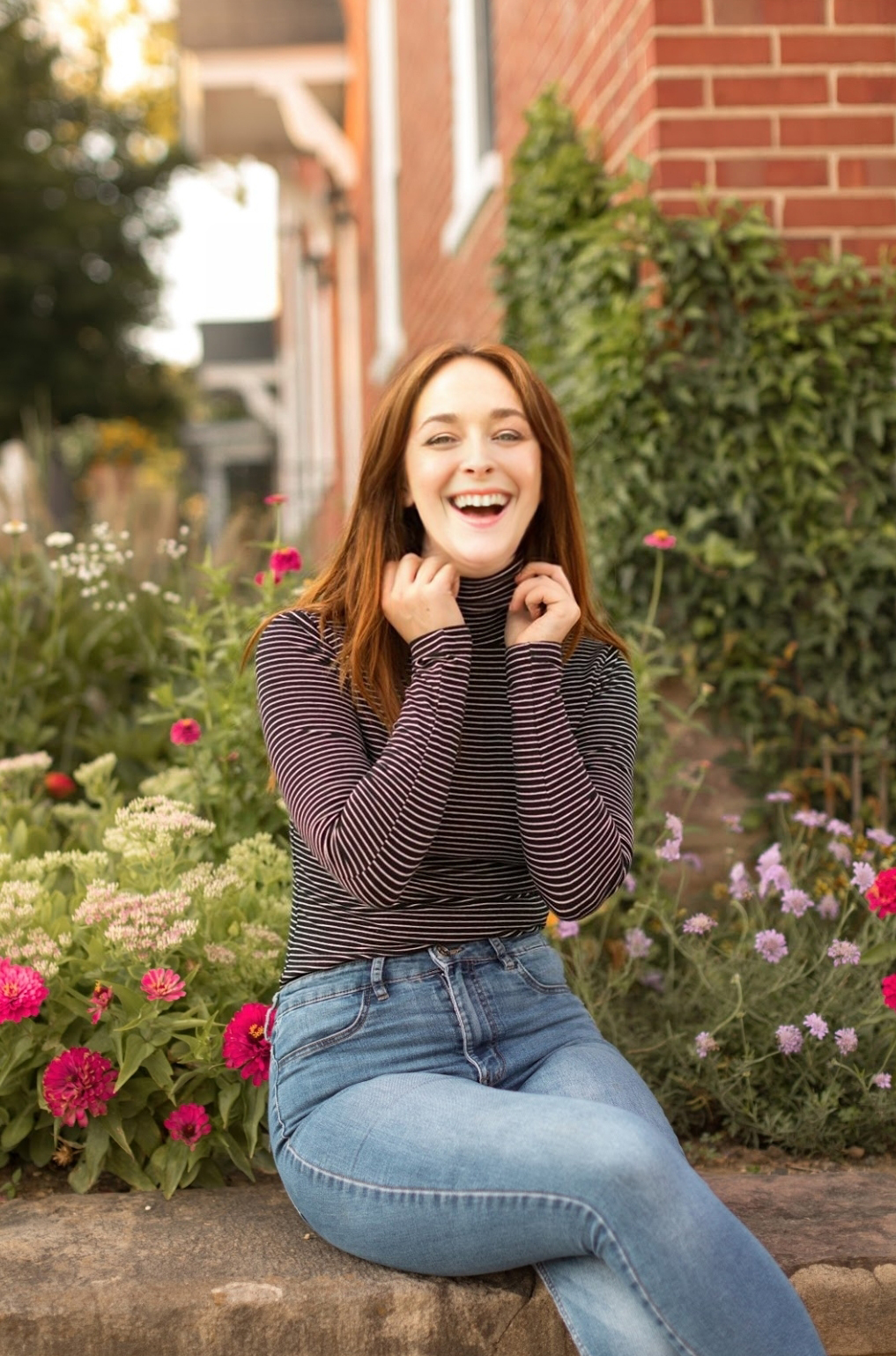
Cora Gold
Contributor
Cora Gold is the Editor-in-Chief of Revivalist magazine, a publication dedicated to happy, healthy, and mindful living.
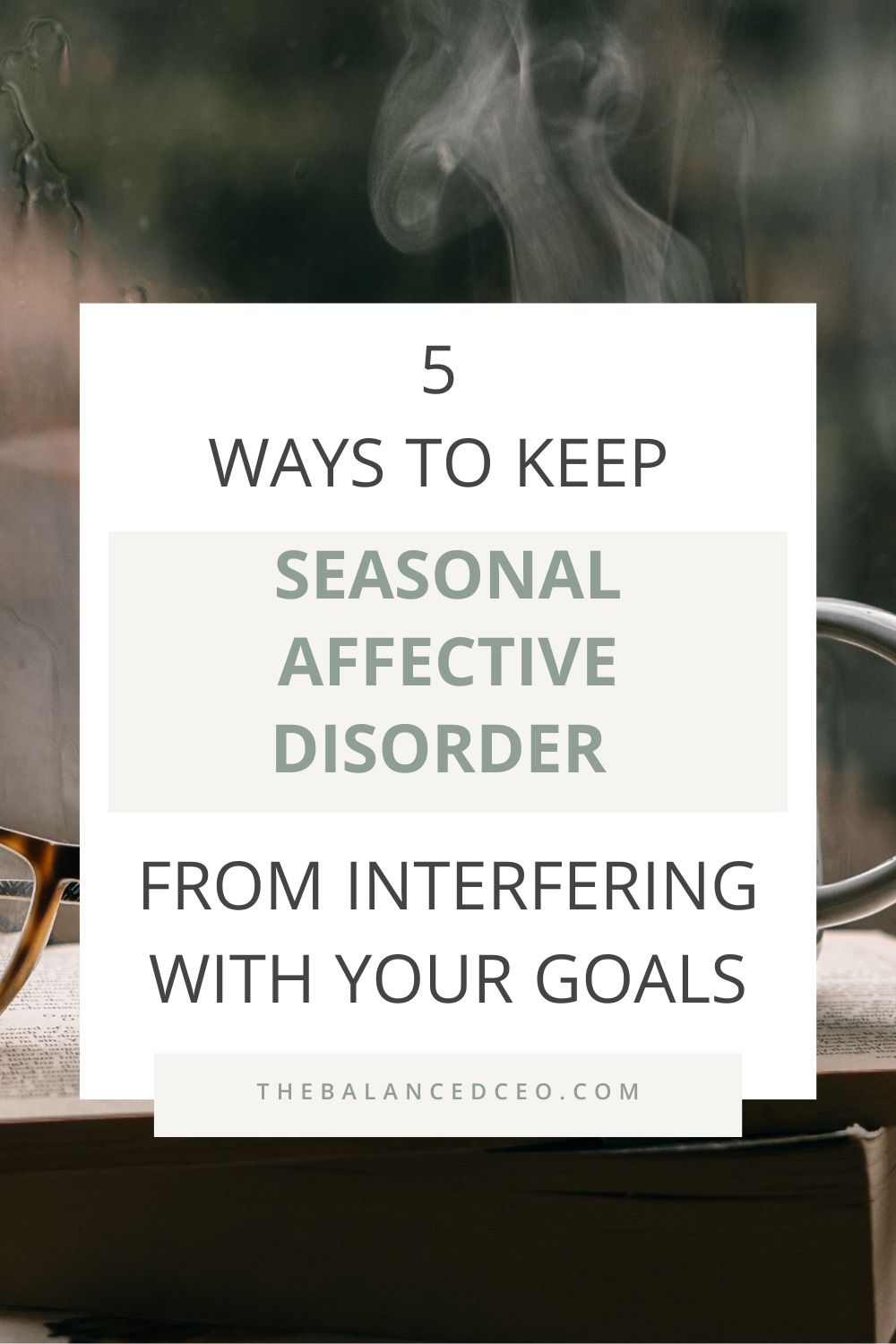

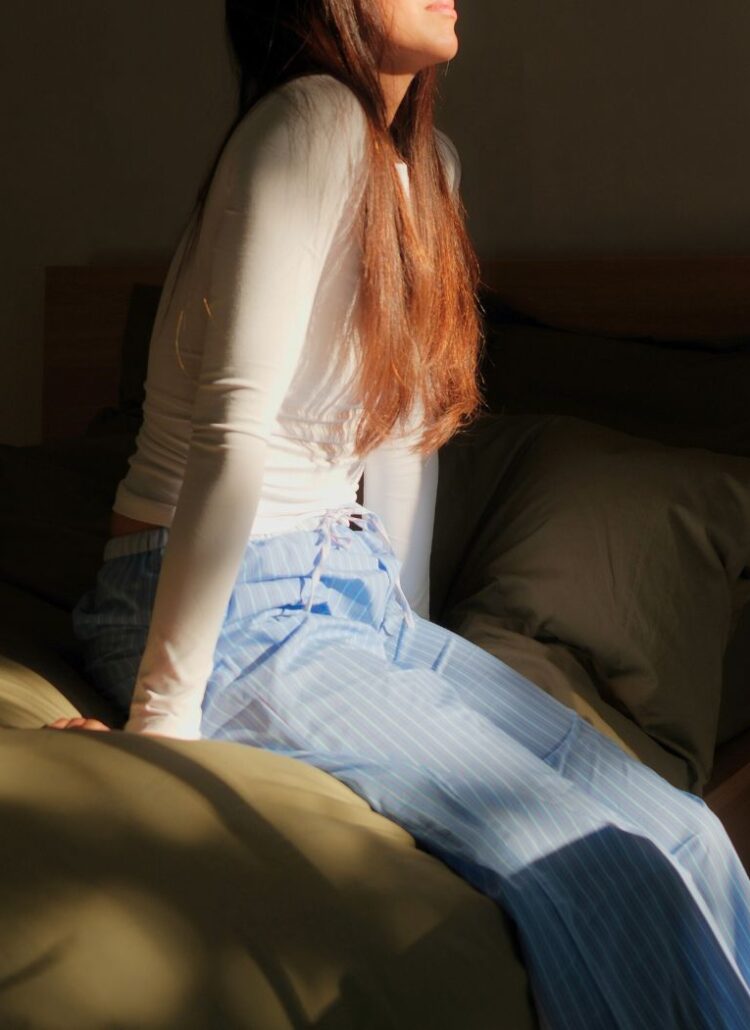
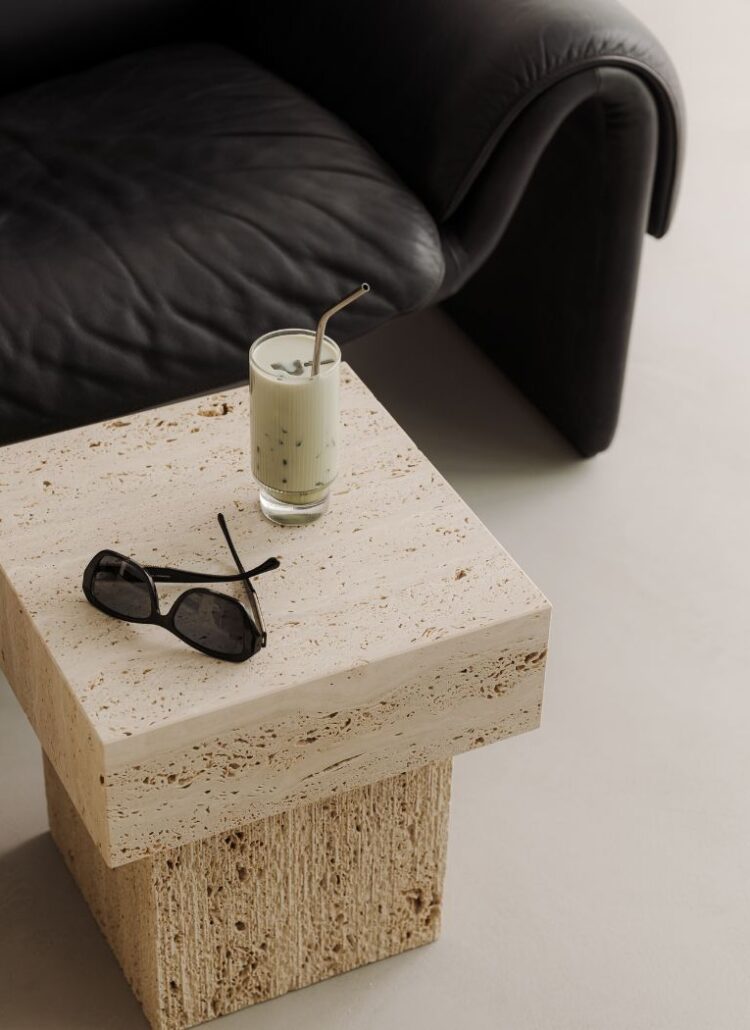

Leave a Reply